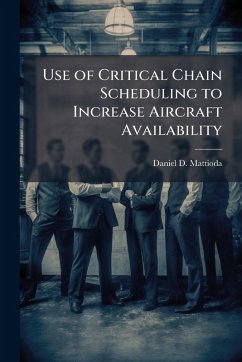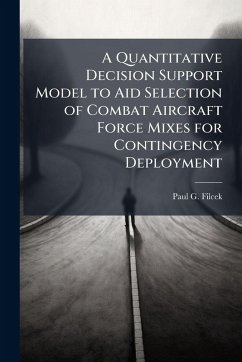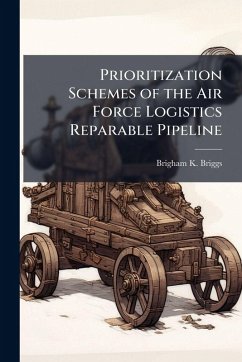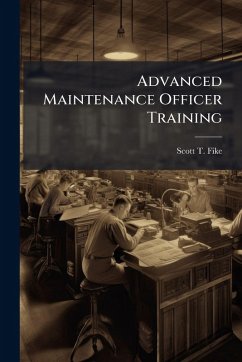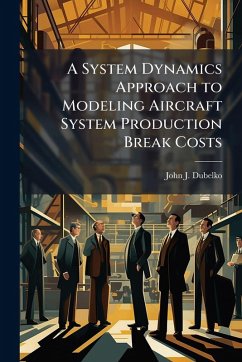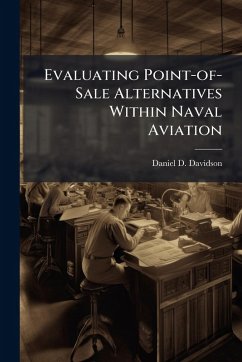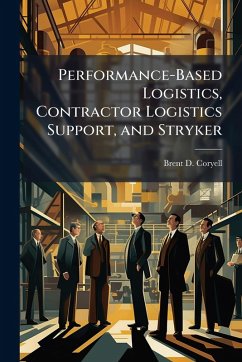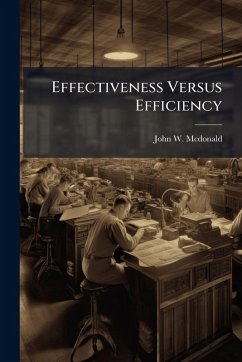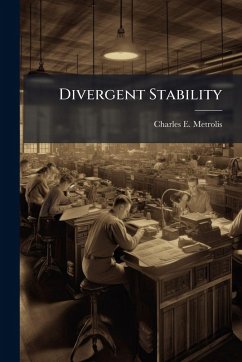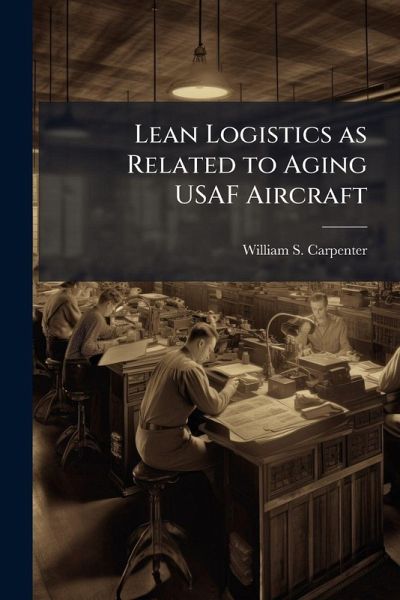
Lean Logistics as Related to Aging USAF Aircraft
Versandkostenfrei!
Versandfertig in über 4 Wochen
14,99 €
inkl. MwSt.
Weitere Ausgaben:

PAYBACK Punkte
7 °P sammeln!
The United States in its global war on terrorism (GWOT) has virtually opened the floodgates on wartime spending resulting in aircraft that directly support the GWOT receiving more funding to maintain their operability or mission capability. Such aircraft are identified using specific project codes that identify the aircraft as directly supporting the war efforts. Examples include, but are not limited to the KC-135 Stratotanker and the C-5 Galaxy. Both the Stratotanker and Galaxy (C-5A model) are among the oldest aircraft in the USAF inventory. At some point however, GWOT funding will be reduce...
The United States in its global war on terrorism (GWOT) has virtually opened the floodgates on wartime spending resulting in aircraft that directly support the GWOT receiving more funding to maintain their operability or mission capability. Such aircraft are identified using specific project codes that identify the aircraft as directly supporting the war efforts. Examples include, but are not limited to the KC-135 Stratotanker and the C-5 Galaxy. Both the Stratotanker and Galaxy (C-5A model) are among the oldest aircraft in the USAF inventory. At some point however, GWOT funding will be reduced and project codes removed as the USAF reverts back to the budgetary limitations prior to September 2001. It is the author's belief that the use of project codes have over compensated for lean logistics processes providing USAF leaders with a false sense that current lean logistics processes work for aging aircraft systems. This work has been selected by scholars as being culturally important, and is part of the knowledge base of civilization as we know it. This work was reproduced from the original artifact, and remains as true to the original work as possible. Therefore, you will see the original copyright references, library stamps (as most of these works have been housed in our most important libraries around the world), and other notations in the work. This work is in the public domain in the United States of America, and possibly other nations. Within the United States, you may freely copy and distribute this work, as no entity (individual or corporate) has a copyright on the body of the work. As a reproduction of a historical artifact, this work may contain missing or blurred pages, poor pictures, errant marks, etc. Scholars believe, and we concur, that this work is important enough to be preserved, reproduced, and made generally available to the public. We appreciate your support of the preservation process, and thank you for being an important part of keeping this knowledge alive and relevant.



